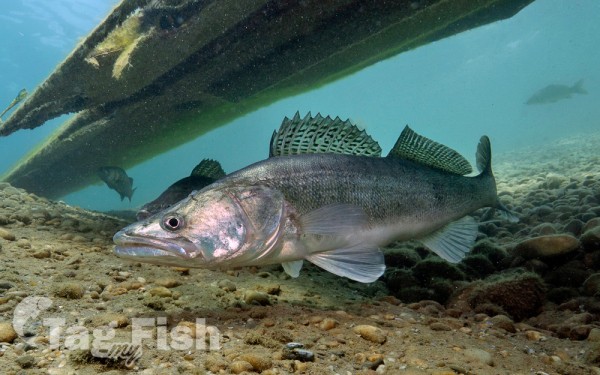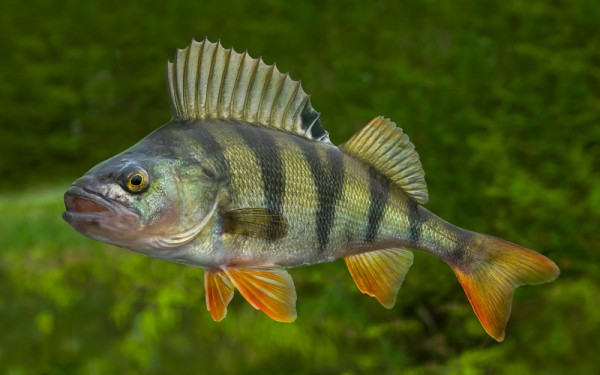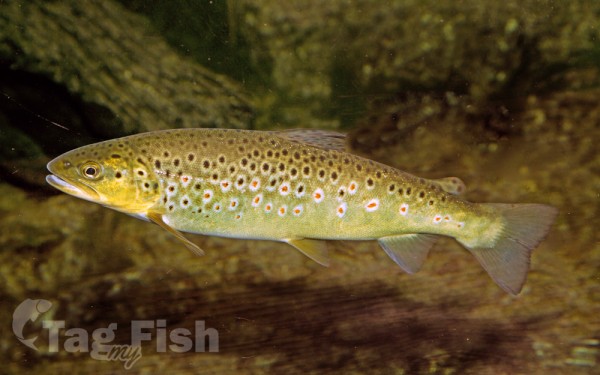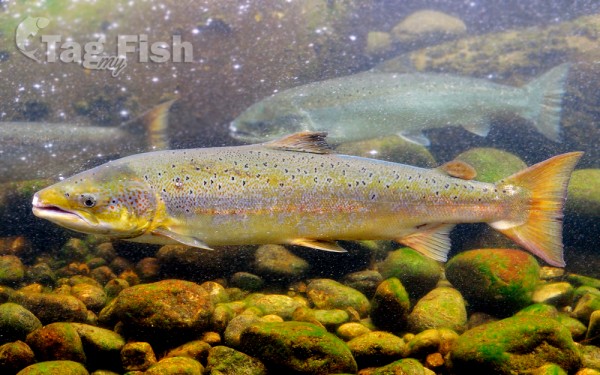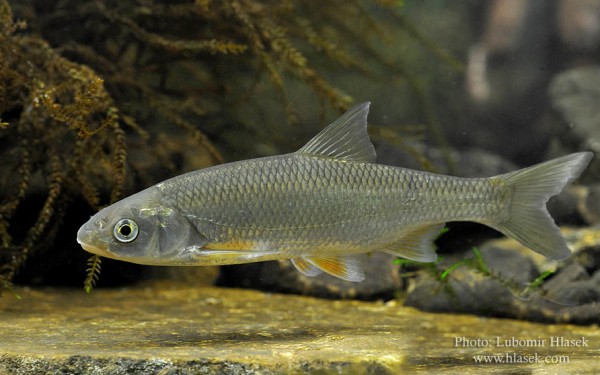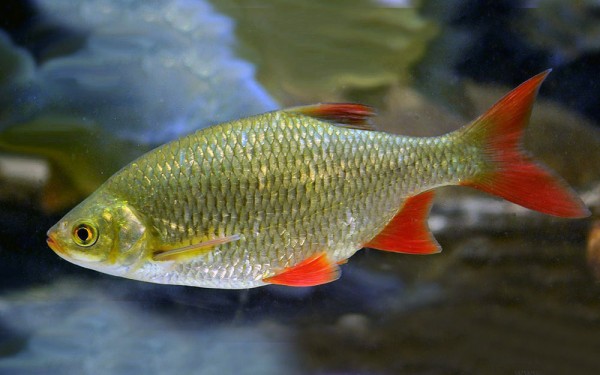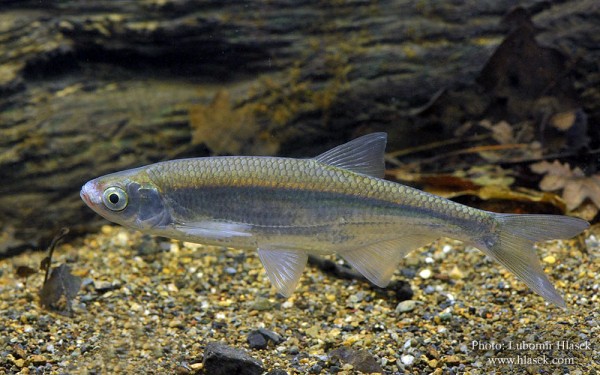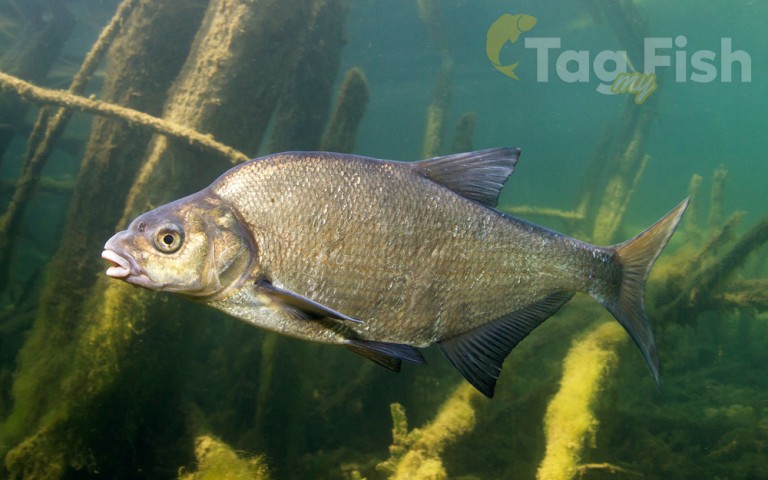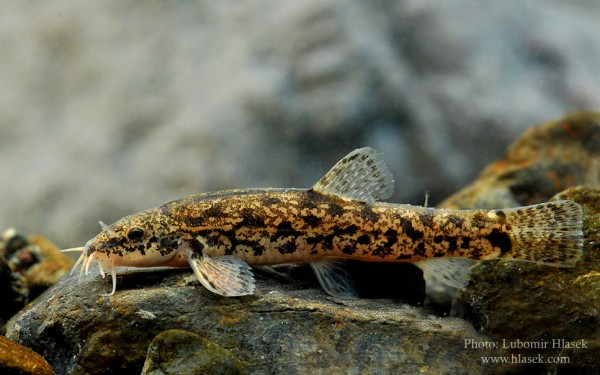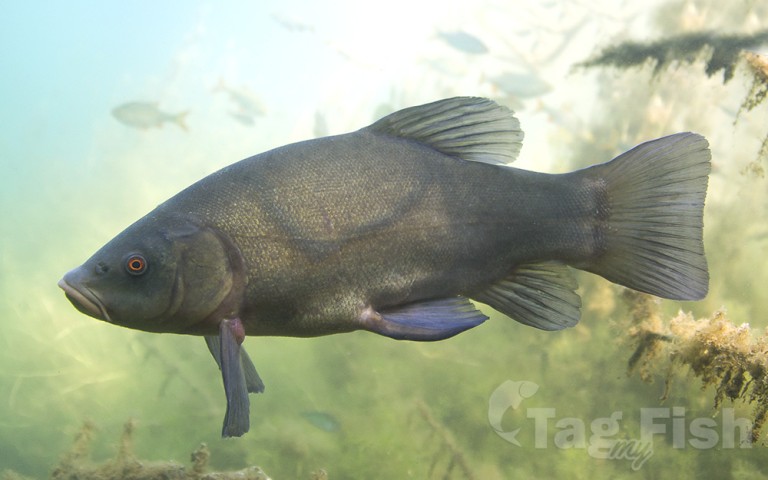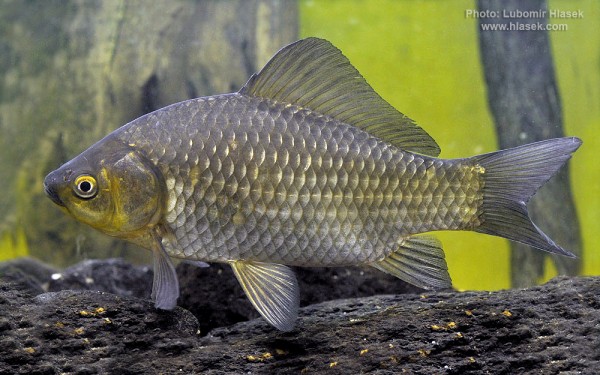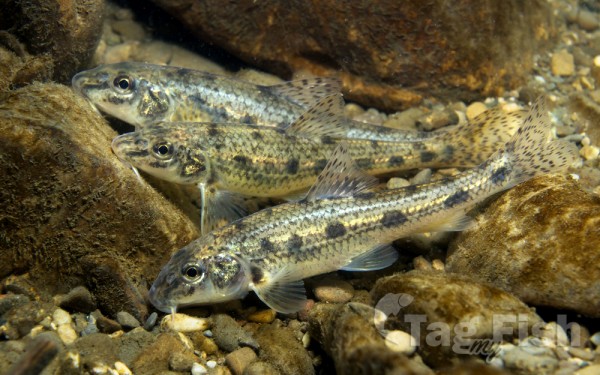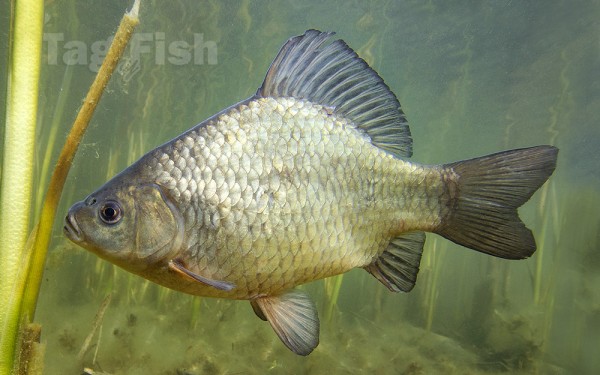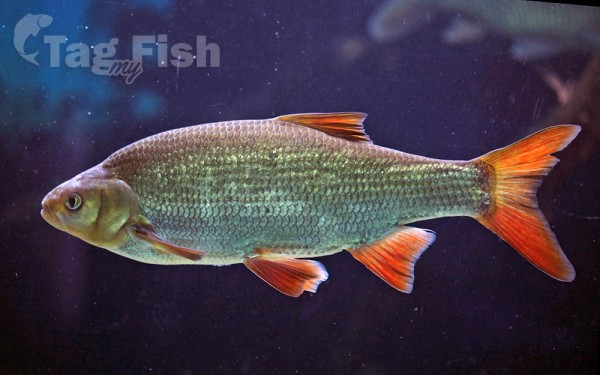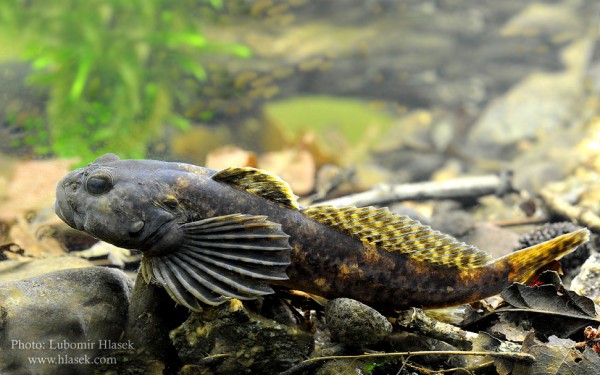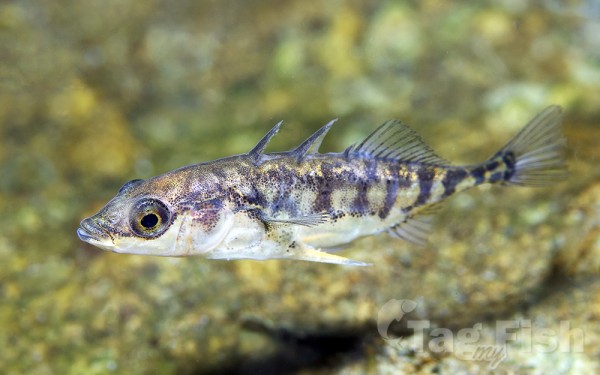Dubysa
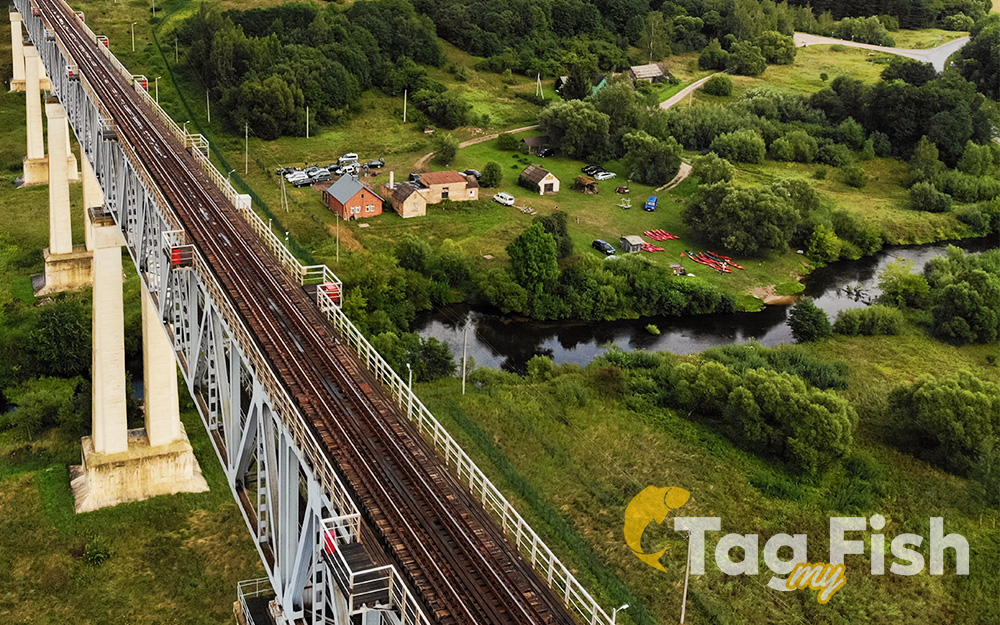
Perciformes - Perches
Salmoniformes - Salmons and Trouts
Esociformes - Pikes
Cypriniformes - Carps
Scorpaeniformes - Mail-cheeked fishes
Gasterosteiformes - Sticklebacks
Perciformes - Perches
Salmoniformes - Salmons and Trouts
Esociformes - Pikes
Cypriniformes - Carps
Scorpaeniformes - Mail-cheeked fishes
Gasterosteiformes - Sticklebacks
The Dubysa, at 131 km, is the 15th longest river solely in Lithuania. It originates just a few kilometers from Lake Rėkyva near Šiauliai city in northern Lithuania. At first it flows south, before turning southeast at Lyduvėnai and southwest near Ariogala. Dubysa is a Samogitian river. The first few kilometres of Dybysa are also known as Genupis or Šventupis.
The Dubysa has about 40 tributaries, the largest being Kražantė on the right and Šiaušė, Gryžuva, and Gynėvė on the left. Kražantė (86 km) is almost twice as long as the upper reaches of Dubysa before the confluence (47 km). Even though Kražantė\’s basin is somewhat smaller, it should be considered the main river. Dubysa is mainly fed by rainfall and melting snow, therefore its water levels change rapidly. The maximum depth is about 4 m.
The Dubysa valley is one of the highest and widest in Lithuania. The valley reaches 20–40 m in height and 300–500 m in width. It was formed during the last glacial period. The Lyduvėnai Bridge is a railroad bridge across the valley, which is the highest and longest such bridge in Lithuania. The bridge was first built by the Germans during World War I. In 1918 an iron railway bridge replaced it.
